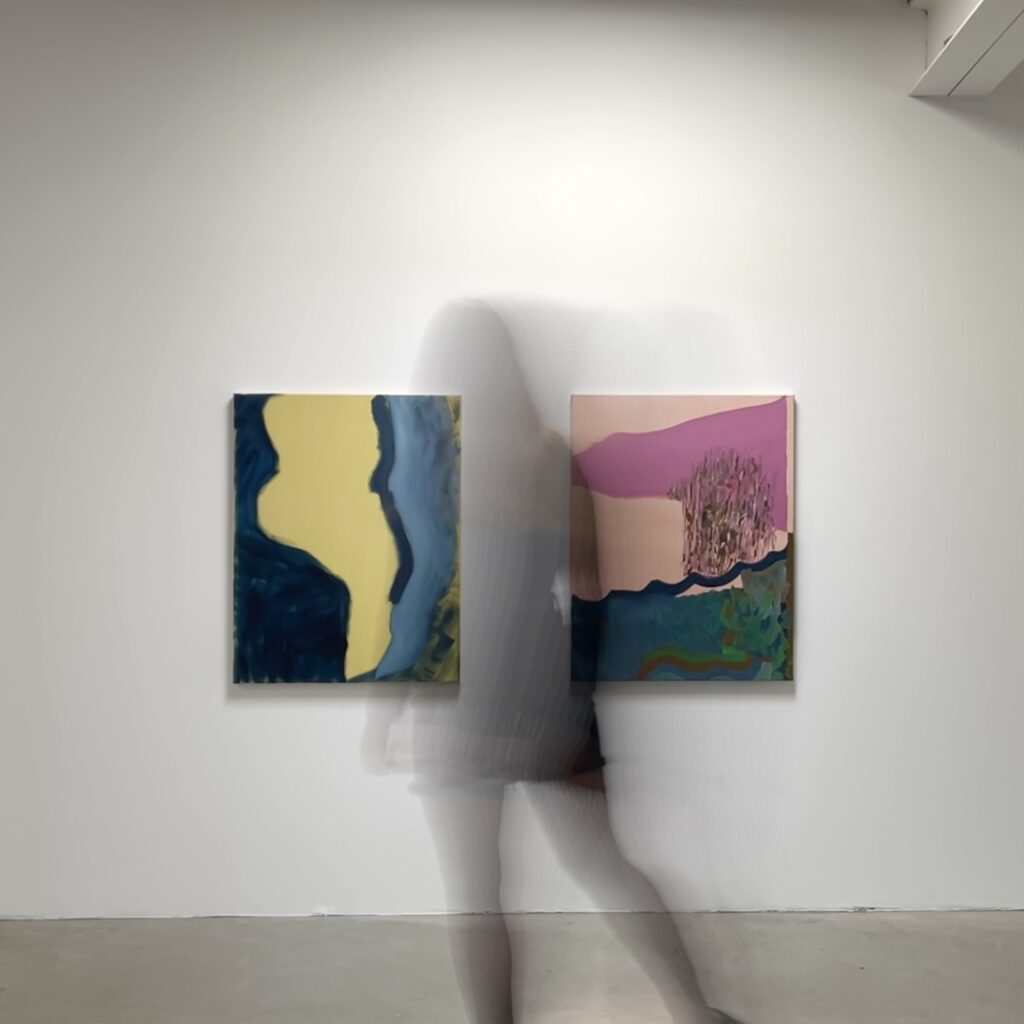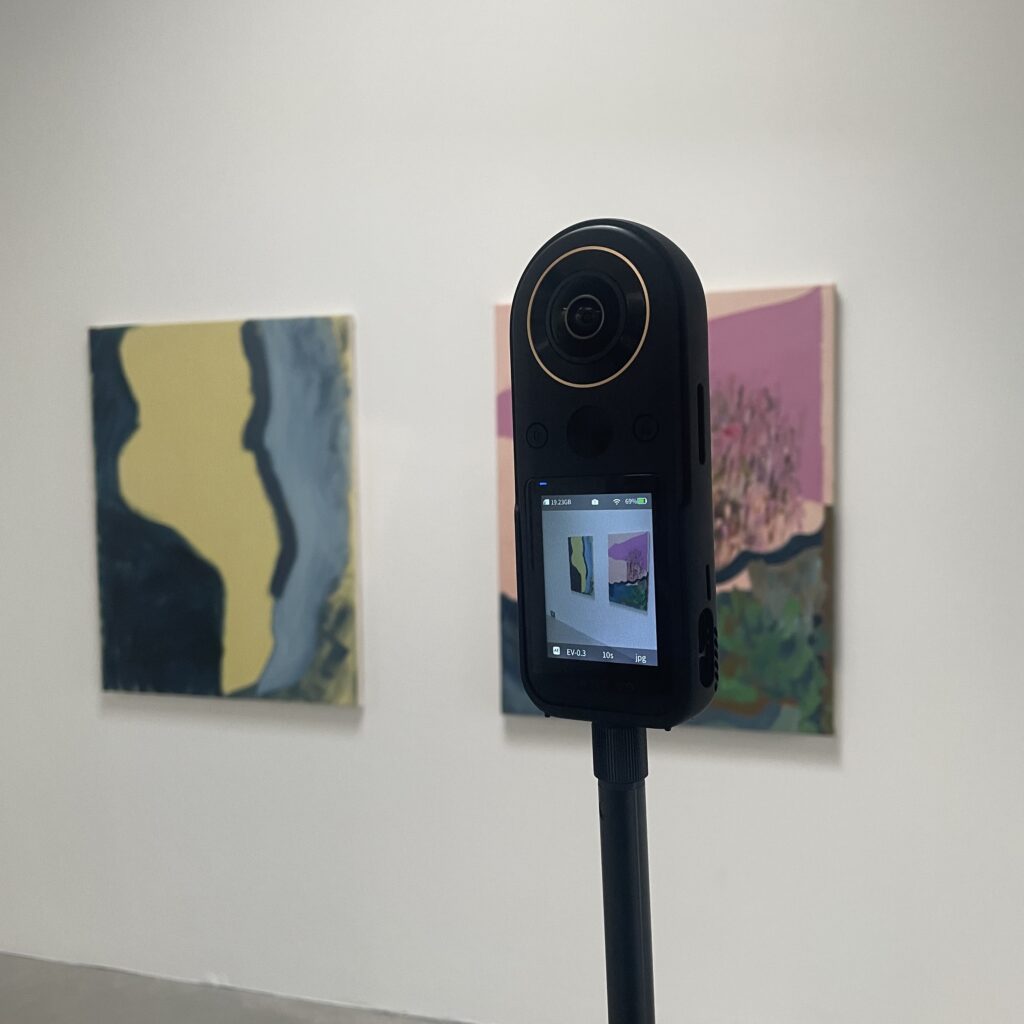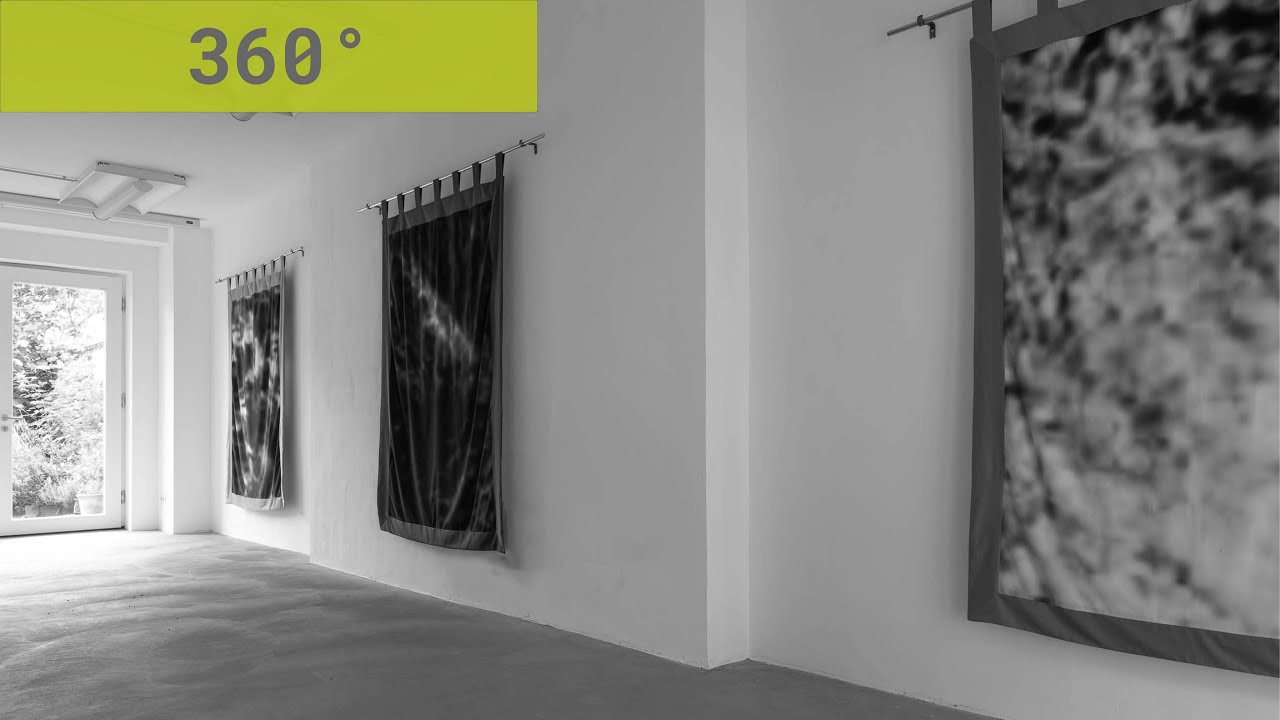Art and culture in the internet is booming. With the beginning of the Corona pandemic and the closure of museums, galleries and the other, digital content is overflowing. From virtual exhibitions to tours to 360° videos, virtual and augmented reality, anyone can wander from museum to museum all day digitally. Slowly, museums and galleries are reopening, art events are taking place in analogue form. This brings new concernts: Will people go back to analogue museums when everything is available online?
The old problem
The opening question poses an old comparison – the analogue vs. the digital – and leads back to the fundamental question of what actually defines the analogue museum in contrast to the digital offerings. For some, this will be answered quickly. Going to a museum means experiencing art. It is a location-based experience with a specific atmosphere that offers the freedom to perceive works with more than just the sense of sight. Just the closeness and distance to the work, the light, the sounds, the smell and the relationship to others has an influence on the visitor’s experience. Digital will not be able to replace something so comprehensive, so the opening concern is unfounded, isn’t it?
Different, but not bad
Reaching people – in Corona times this is mostly possible online. A new strategy needed to come. With the second lockdown, the online offer was expanded and the ESSZIMMER joined the video platform YouTube. Events are now accompanied digitally, discussions with artists are held and exhibitions are digitised – a kind of archiving of the analogue. The 360° videos are also particularly interesting. This makes it possible to experience the current and past exhibitions, but in a different way compared to the analogue visit. Let’s take the 360° video of the exhibition Memorial For The Lost at the Hillside Project as an example. The camera stands statically in the middle of the room. At one end, the door is open, a light breeze passes through the room. With a mobile device, such as a tablet or smartphone, it is possible to turn and thus look around. The device allows for a completely different experience. Due to the low camera position, one’s own body position is distorted, which can be perceived as disturbing and exciting at the same time. One is alone on location and at the same time in a familiar environment like one’s home. As much as one would like to stay in this space for a while, it is over again very quickly. Because the video only lasts a minute.
Dilemma that is not one
Perhaps the opening question is wrongly posed. Perhaps, as it is often the case, the juxtaposition of black (digital) and white (analogue) should rather end in grey. The analogue and the digital are not opposites, they complement each other, as the example of the ESSZIMMER shows. Instead of thinking that you have seen everything online, you feel like expanding your first, digital experience with an analogue visit. The digital offer informs, records past exhibitions and conversations online and enables a different exhibition experience. Whether these are enough is up to each individual to decide, but isn’t it nice to have this freedom of choice?


